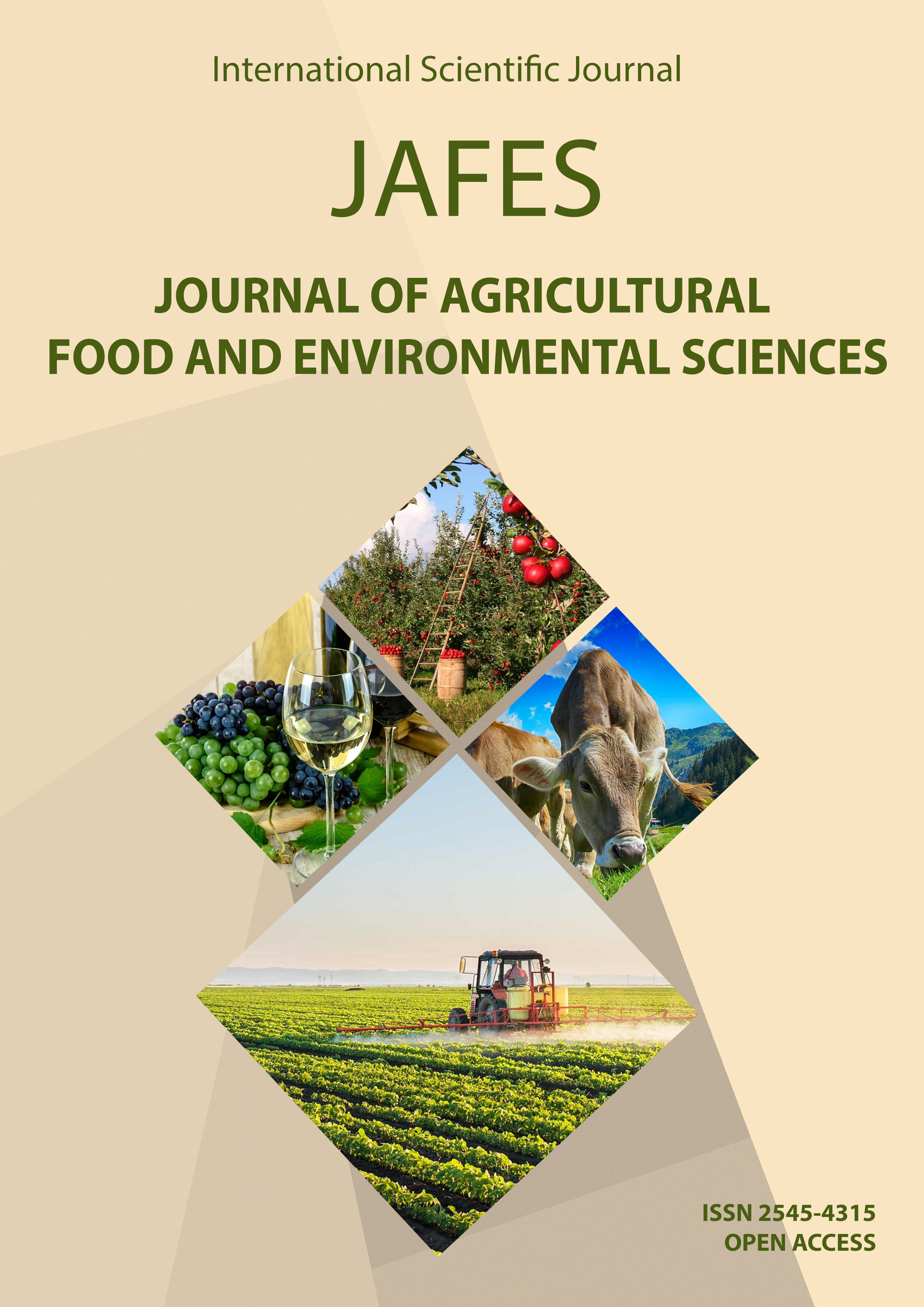CARBON FOOTPRINT AND EMISSION REDUCTION STRATEGIES IN MILK PROCESSING PLANTS: TOWARDS SUSTAINABLE DAIRY PRODUCTION SYSTEMS
Keywords:
Carbon footprint, Emission reduction strategies, Milk processing plants.Abstract
Fluid milk production and processing have a significant impact on greenhouse gas (GHG) emissions, posing risks to global climate stability. This study aimed to quantify the carbon footprint and identify major sources of GHG emissions in three milk processing plants and exploring strategies for emission reduction. The selected plants, referred to as MP1, MP2, and MP3, represented different capacities. Data collection involved visits and surveys at the dairies, gathering information on energy consumption and fuel usage. Emissions were categorized into three scopes: Scope 1 (direct emissions), Scope 2 (indirect emissions from purchased electricity), and Scope 3 (optional emissions beyond the company's control). Direct CO2e emissions per unit of processed milk were 83.91, 96.12, and 115.71 kg CO2e /t for MP1, MP2, and MP3, respectively. Emission reduction strategies were proposed, including substituting energy sources with lower GHG potential, replacing refrigerants with lower global warming potentials, improving energy efficiency, and optimizing raw milk procurement and product distribution. It is recommended that milk processing plants establish reduction targets for GHG emissions, focusing on overall emissions and emissions per unit of final product. According to this study, milk processing sectors need to assess and reduce their carbon footprints. Putting emission reduction measures into practice can make dairy production more climate-smart, ensuring the sustainability and effectiveness of milk production.



